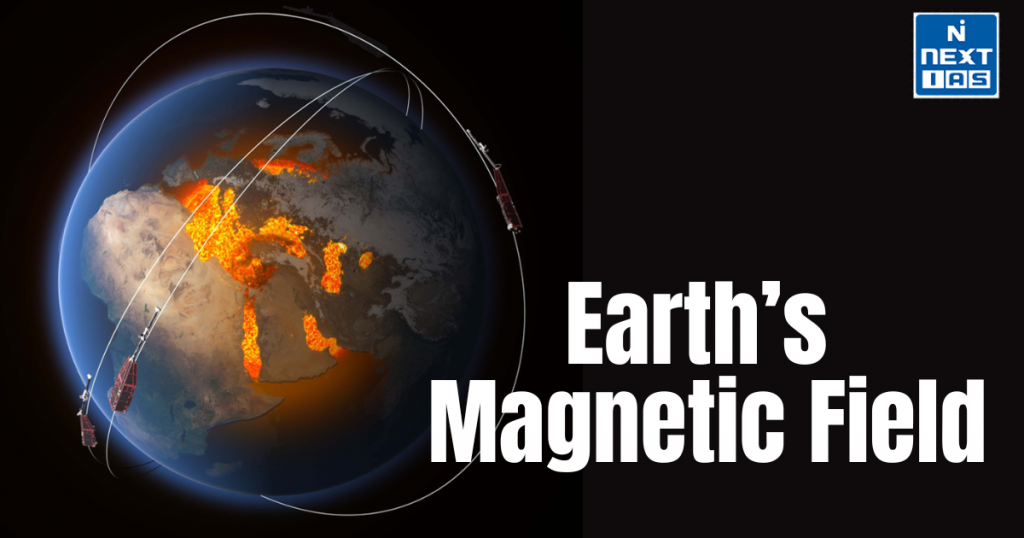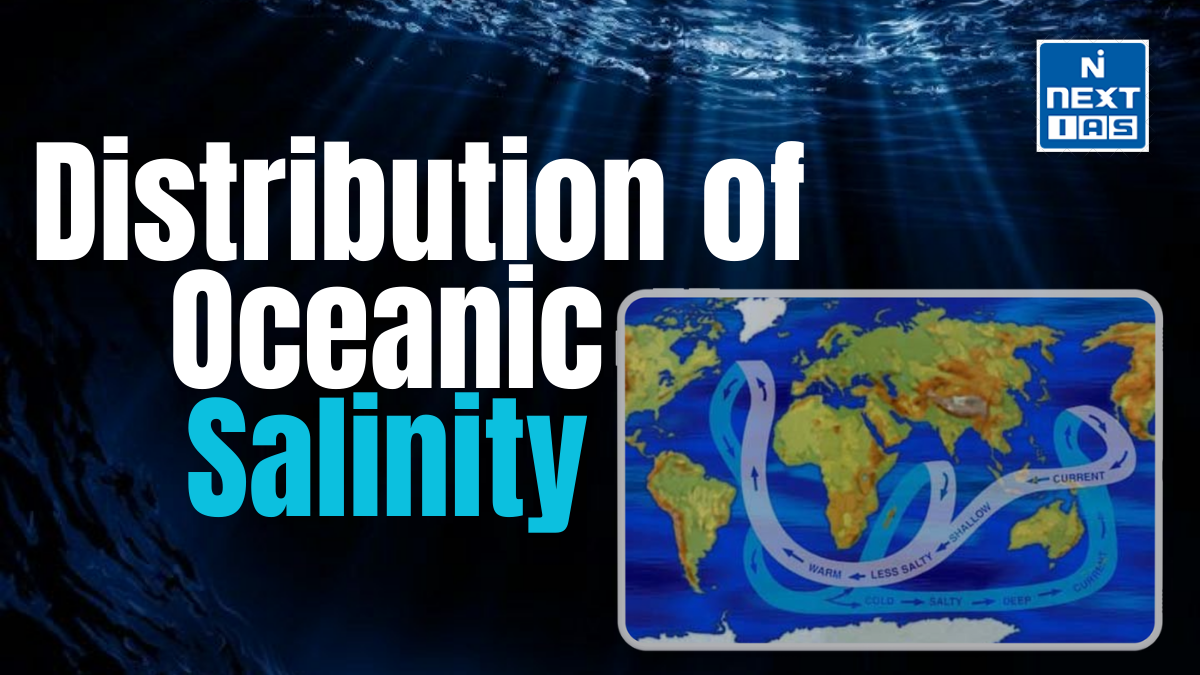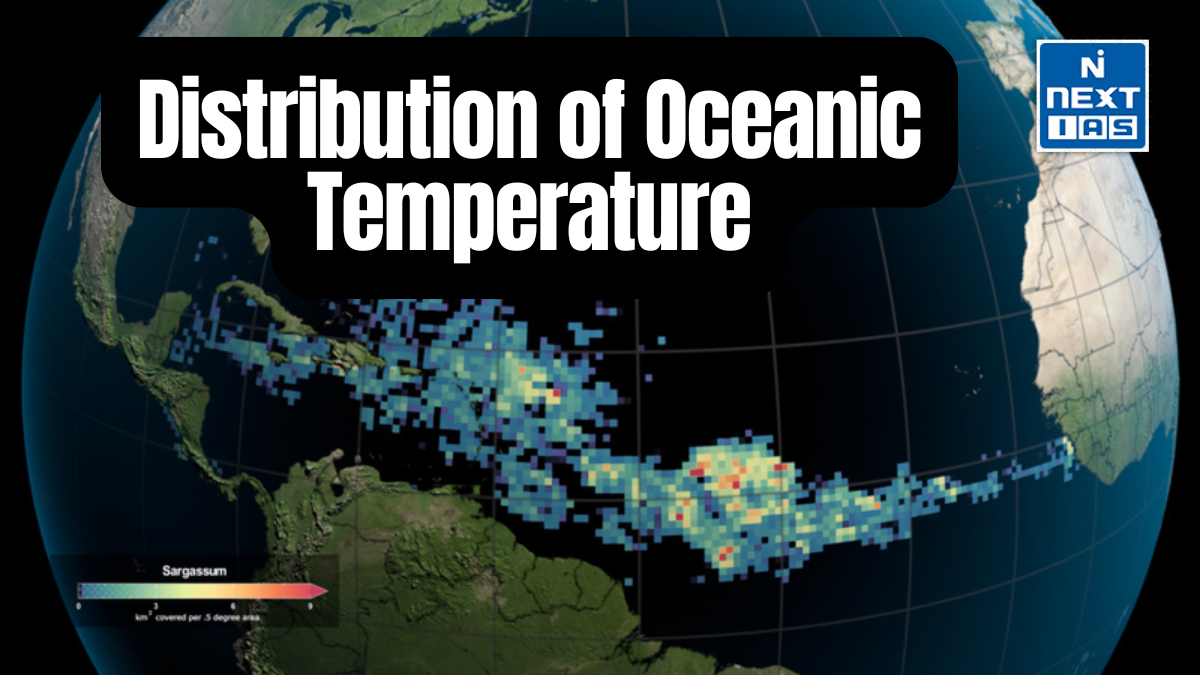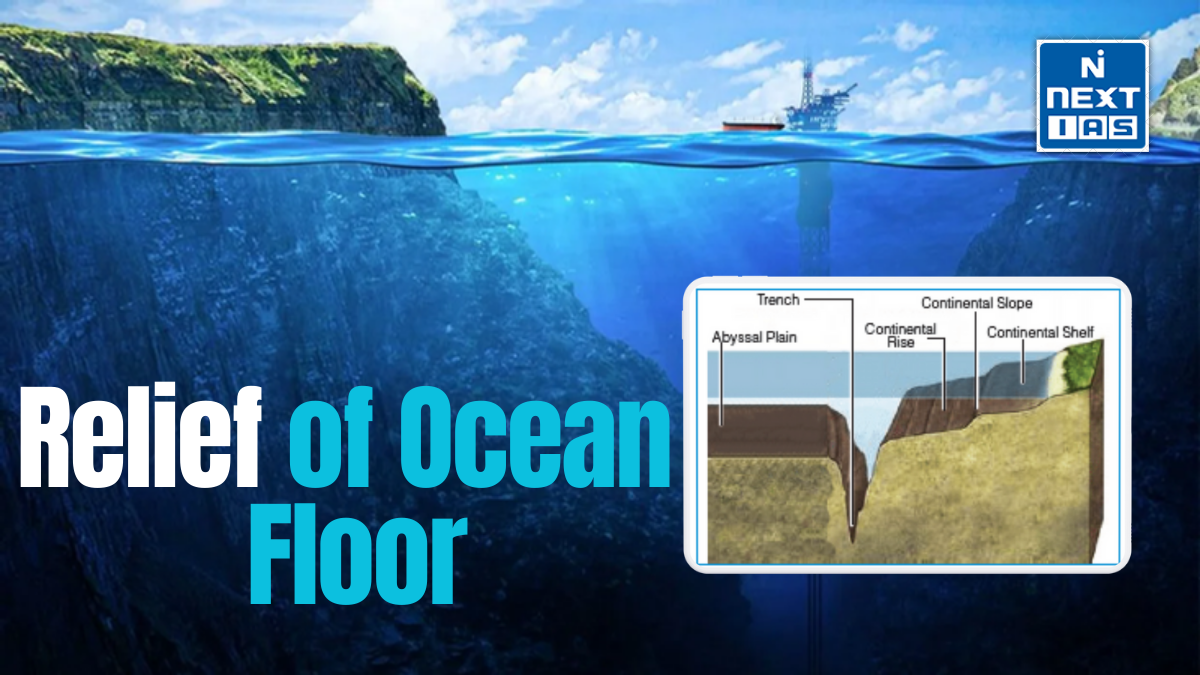
The Earth’s magnetic field, generated by the motion of molten iron in its outer core, acts as a protective shield against harmful solar and cosmic radiation. This invisible force governs navigation, migratory patterns of animals, and influences technology. It also forms the beautiful auroras near polar regions, captivating observers worldwide.
About the Earth’s magnetic field
- The Earth’s magnetic field, also known as the geomagnetic field, is a vital force that surrounds our planet, extending from its core into space.
- Generated by the movement of molten iron and nickel in the outer core through a process called the geodynamo, it acts as a protective shield against solar wind and cosmic radiation.
- This magnetic field is responsible for phenomena like the auroras, stunning light displays near the polar regions caused by charged particles interacting with the atmosphere.
- The field plays a crucial role in navigation, guiding compasses and influencing migratory patterns of animals such as birds and sea turtles. It is dynamic and constantly shifting, with periodic reversals where the magnetic poles swap places.
- The Earth’s magnetic field ensures the stability of our environment, safeguards technological systems like satellites, and contributes to the habitability of the planet, making it a fundamental aspect of Earth’s ecosystem.
Characterization of Earth’s Magnetic Field
The Earth’s magnetic field exhibits various characteristics that define its behavior and impact:
Origin:
The magnetic field is generated by the geodynamo process, where the motion of molten iron and nickel in the Earth’s outer core creates electric currents, producing the magnetic field.
Structure:
The field is dipolar, resembling the magnetic field of a bar magnet, with magnetic north and south poles. However, it also has non-dipolar components, causing regional variations.
Strength:
The field strength varies across the globe, typically ranging from 25 to 65 microteslas (μT). It is strongest near the poles and weakest near the equator.
Dynamics:
The magnetic field is dynamic, experiencing fluctuations, secular variations, and occasional geomagnetic pole reversals, which occur over geological timescales.
Magnetosphere:
It extends into space, forming the magnetosphere, which protects Earth from solar wind and cosmic radiation, deflecting charged particles.
Applications:
It influences navigation systems, animal migration, and technologies like satellites and power grids, highlighting its essential role in Earth’s environment.
Significance of Earth’s Magnetic Field
The Earth’s magnetic field plays a crucial role in maintaining the planet’s environment and supporting life. Its significance can be summarized as follows:
Protection from Solar Radiation
The magnetic field deflects charged particles from the Sun, such as solar wind, preventing them from stripping away the Earth’s atmosphere and exposing the surface to harmful radiation.
Formation of the Magnetosphere
The magnetic field creates the magnetosphere, a vast region around Earth that acts as a shield against cosmic rays and solar storms, safeguarding living organisms and technological systems.
Navigation and Orientation
Humans and animals rely on the magnetic field for navigation. Compasses function due to the field, and migratory species like birds and turtles use it for orientation during long journeys.
Geophysical Studies
Studying the magnetic field helps scientists understand Earth’s core dynamics, tectonic plate movements, and geological history, including past magnetic reversals.
Technological Impact
The magnetic field protects satellites, communication networks, and power grids from geomagnetic storms, ensuring the stability of critical technologies.
Auroras
The interaction of the magnetic field with solar particles creates beautiful auroras, which are natural wonders that inspire scientific and cultural significance.
The Earth’s magnetic field is indispensable for preserving the planet’s habitability and ensuring the stability of ecosystems and technologies.
Recent Developments in the Earth’s Magnetic Field
Magnetic North Pole Drift
The magnetic north pole has been drifting rapidly in recent years, moving from Canada towards Siberia at an unprecedented speed of about 50–60 kilometers per year. This rapid shift has implications for navigation and necessitates frequent updates to magnetic field models.
Geomagnetic Field Weakening
Studies indicate a gradual weakening of the Earth’s magnetic field, particularly in the South Atlantic Anomaly—a region where the field is significantly weaker. This weakening poses risks to satellites and increases exposure to cosmic radiation.
Improved Magnetic Field Models
Advanced satellite missions, such as ESA’s Swarm constellation, provide high-resolution data on the Earth’s magnetic field. These models enhance understanding of core dynamics, crustal magnetism, and space-weather interactions.
Geomagnetic Reversals
Research into past geomagnetic reversals shows they occur irregularly, with the last reversal (Brunhes-Matuyama) happening around 780,000 years ago. Current studies suggest we might be heading toward a new reversal, though the timeline is uncertain.
Impact of Solar Storms
With increased solar activity in recent years, geomagnetic storms have become more frequent, highlighting the vulnerability of power grids, satellites, and communication systems. Scientists are focusing on mitigating these impacts through predictive models and resilient technology.
Biological Studies
Recent investigations explore how changes in the magnetic field might influence animal navigation and migratory behavior, shedding light on the field’s broader ecological impact.
Magnetotelluric Imaging
Advancements in imaging Earth’s subsurface using magnetotellurics—a technique that uses natural magnetic field variations—offer new insights into tectonic plate boundaries and volcanic regions.
Ongoing research and technological advancements continue to refine our understanding of the Earth’s magnetic field and its dynamic behavior.
Way forward
To address challenges related to Earth’s magnetic field, we must prioritize continuous monitoring through satellite missions like ESA’s Swarm to improve magnetic models. Enhancing predictive capabilities for geomagnetic storms is crucial to protect satellites, power grids, and communication systems.
Increased research on field weakening and pole drift will help prepare for potential impacts. Public awareness campaigns can highlight its ecological and technological significance. Collaboration among scientists, engineers, and policymakers is essential to mitigate risks and leverage benefits of Earth’s magnetic field.
Conclusion
The Earth’s magnetic field is a dynamic and essential force safeguarding life, technology, and the planet’s atmosphere. Its role in protection, navigation, and scientific exploration underscores its significance. Continuous monitoring and research are vital to understanding its changes and ensuring preparedness for its impacts on Earth’s environment and human activities.
GS - 3




